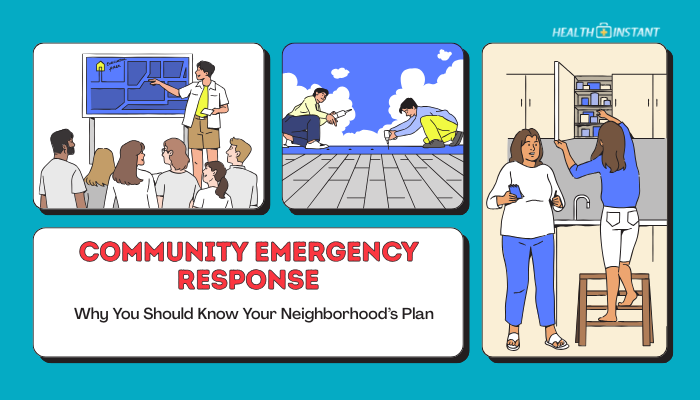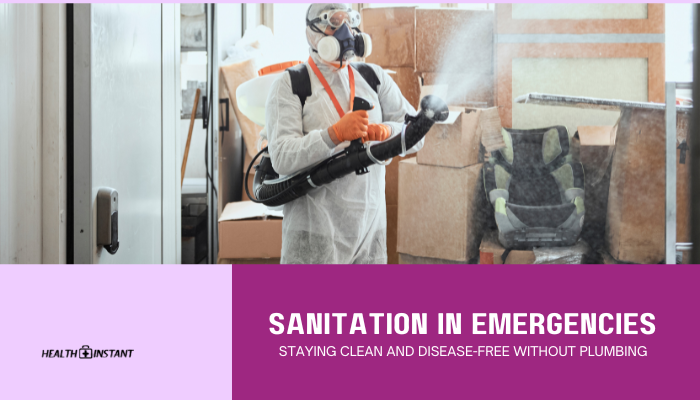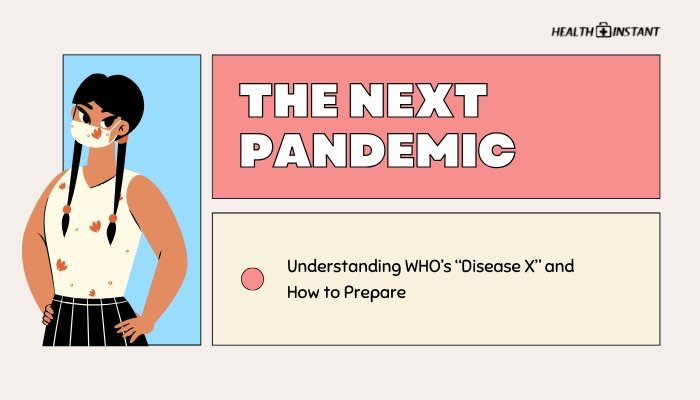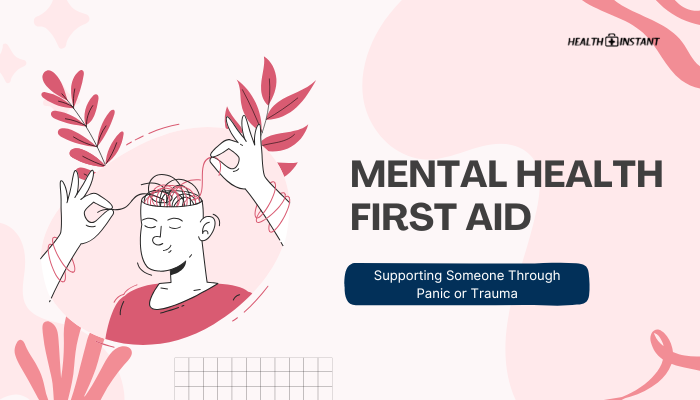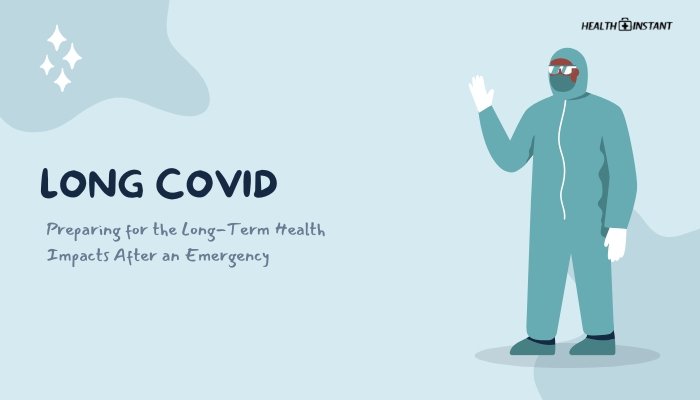Introduction
Natural disasters and emergencies—wildfires, floods, earthquakes, or pandemics—can strike any community with little warning. While individual preparedness (like having a go-bag) is crucial, collective readiness within your neighborhood amplifies safety and resource-sharing.
A well-structured community emergency response plan ensures residents know where to go, what to do, and how to communicate when crises emerge. This article explores the benefits of understanding your local plan, ways to access it, and tips for contributing to its success.
What Is a Community Emergency Response Plan?
A community emergency response plan outlines:
- Procedures for disaster mitigation, relief, and recovery at the neighborhood or municipal level.
- Coordination among local officials, police, fire departments, healthcare facilities, and volunteer groups.
- Resources such as designated shelters, medical outposts, and supply distribution points.
- Communication Strategies (e.g., text alerts, social media groups) to spread updates quickly.
By uniting residents under one blueprint, the plan helps minimize confusion, ensuring efficient allocation of rescue efforts and supplies.
Why Knowing the Plan Matters
- Faster Evacuation
- If mandatory evacuations happen, you already know alternate routes and safe shelter locations.
- If mandatory evacuations happen, you already know alternate routes and safe shelter locations.
- Better Coordination
- You can assist or receive help from neighbors more effectively.
- You can assist or receive help from neighbors more effectively.
- Reduced Chaos
- Clear instructions reduce panic, letting families prioritize safety over guesswork.
- Clear instructions reduce panic, letting families prioritize safety over guesswork.
- Targeted Support
- Vulnerable groups (elderly, disabled, or children) receive quicker assistance when volunteers are informed of the plan.
Where to Find Local Information
- Town or City Website: Many local governments post emergency guidelines or contact details of emergency coordinators.
- Community Centers: Bulletin boards or staff may have brochures or schedules for training sessions.
- Fire Stations or Police Departments: They often maintain updated safety instructions or can direct you to the appropriate contact.
- Neighborhood Associations: HOAs or local councils might hold town halls or publish newsletters addressing preparedness.
How to Get Involved
- Attend Public Meetings
- City councils or local boards may invite residents to discuss updates or expansions of the plan.
- City councils or local boards may invite residents to discuss updates or expansions of the plan.
- Join CERT (Community Emergency Response Team)
- CERT programs train volunteers in basic disaster response—first aid, search and rescue, etc.
- CERT programs train volunteers in basic disaster response—first aid, search and rescue, etc.
- Organize Block Groups
- A phone tree or group chat helps keep the nearest neighbors informed about emergencies.
- A phone tree or group chat helps keep the nearest neighbors informed about emergencies.
- Practice Drills
- Encourage your street or complex to hold “mock evacuation” exercises.
Key Elements of a Neighborhood Plan
Evacuation Routes and Shelters
- Marked Paths: Clear signs or instructions if typical roads become impassable.
- Public Shelters: Schools, community centers, or churches designated as safe spots.
- Pet-Friendly Sites: Some shelters accept pets; confirm if you have animals.
Communication Networks
- Local Alerts: Text-based systems, sirens, or social media channels providing real-time announcements.
- Contact Lists: Quick references for local emergency numbers and voluntary rescue squads.
Special Populations Assistance
- Medical Needs: Plans for delivering medicine or dialysis to those unable to leave home.
- Language Support: Bilingual or translator resources for non-English speakers.
- Transportation: Arrangements for those without vehicles or with reduced mobility.
Preparing Your Household
- Create a Family Plan
- Decide on escape routes from your house, plus a safe meeting spot.
- Decide on escape routes from your house, plus a safe meeting spot.
- Build an Emergency Kit
- Include food, water, flashlight, first aid, radio, plus extra meds or pet supplies.
- Include food, water, flashlight, first aid, radio, plus extra meds or pet supplies.
- Know Utility Shutoffs
- Learn how to turn off gas, electricity, or water if authorities advise you.
- Learn how to turn off gas, electricity, or water if authorities advise you.
- Stay Updated
- Follow local news, sign up for text alerts, or keep a charged phone/radio for sudden announcements.
Conclusion
A robust community emergency response plan offers the best chance for a coordinated, well-managed reaction to crisis situations. Familiarizing yourself with the plan’s routes, shelters, and communication channels can sharply reduce confusion.
Through local meetings, CERT classes, or block-level coordination, you can help refine and enact an efficient response network. Ultimately, preparedness at both personal and collective levels ensures neighbors can quickly regroup, assist vulnerable members, and keep everyone safer in the face of unexpected hazards.
References
- Federal Emergency Management Agency (FEMA). (2020). Community Emergency Response Team (CERT) overview.
- American Red Cross. (2021). Prepare your neighborhood for disasters.
- Centers for Disease Control and Prevention (CDC). (2019). Public health emergency preparedness.
- National Institute of Standards and Technology (NIST). (2018). Resilient communities strategies report.
Disclaimer: This information offers general guidelines. Always follow your local government’s recommendations and official advisories for the most accurate and up-to-date procedures.

